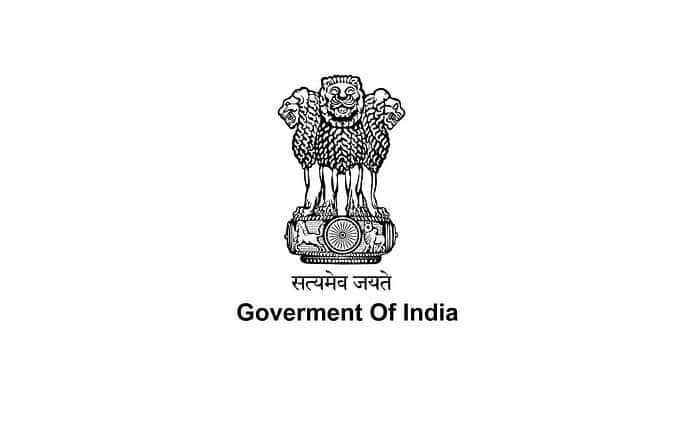Last Updated on January 19, 2024 by The Health Master
The Union environment ministry’s decision to shelve specification of limits for antibiotic effluents for bulk drug formulation in draft Environment (Protection) Amendment Rules, 2020 released recently has brought respite to pharmaceutical industry striving to ensure smooth supply of drugs amid C-19 pandemic.
The decision will reduce regulatory burden on the industry. It comes at a time when India is confronting the threat of drug-resistant superbugs and risks of unrestrained antibiotic waste polluting the water bodies. Nearly 60,000 newborns a year die from superbug infections in the country.
At present, there is no regulation fixing limits for the antibiotic residues in wastewater discharged by the drug industry.
Earlier draft Environment (Protection) Amendment Rules, 2019 released by the ministry on January 23, 2020 introduced limits on the concentrations of antibiotics found in the waste discharged by pharmaceutical companies into water bodies and the surrounding environment. The draft set antibiotic residue effluent limits for 121 types of antibiotics in its Paragraph D.

The draft Environment (protection) Amendment Rules, 2020 issued by the ministry on August 6, 2021 has done away with paragraph D specifying antibiotic residue effluent limits.
The new rules which will become effective within a year from now have put all effluents under the hazardous waste category.
The Rule reads as “chemical and biological sludge or any residue, reject, concentrate generated from wastewater treatment or its management facility at industry or CETP catering to industries engaged in manufacturing of bulk drug or formulation of pharmaceuticals, shall be classified as hazardous waste as per the provision of clause 17 of sub-rule (i) of Rule 3 of the Hazardous and Other Wastes (Management and Transboundary Movement) Rules, 2016 and shall be subject to the provision made therein.”
Latest Notifications regarding Pharmaceuticals
Drug alert: 44 out of 1028 samples declared as NSQ in…
NIAB notified as Central Drugs Laboratory
USFDA officials visit FDA Gujarat for information sharing & capacity building
Why to prefer organic emulsifiers over traditional ones ?
India and Pharmacy Education: Chapter: 5
The several industry associations including Bulk Drug Manufacturers Association (BDMA), Indian Drug Manufacturers Association (IDMA) had made representations to the concerned authorities including ministry of environment, forest and climate change, department of pharmaceuticals, health ministry among others seeking removal of clause on antibiotic residues from the draft rules last year as there is no specification of limit for antibiotic residues in pharmaceutical effluents in the world.
This will erode the competitive advantage of India vis-à-vis China as both are the biggest manufacturers of bulk drugs in the world, said industry bodies.
They cited the survey on antibiotic resistance by bacteria among Pharmaceutical Manufacturing Clusters (PMCs) and non-PMC regions conducted by Prof S Dayananda, Department of Animal Biology School of Life Sciences, University of Hyderabad. The survey revealed there was not much difference between antibiotic resistance power exhibited among bacteria from PMCs and non-PMCs.
Sponsored by Bulk Drug Manufacturers Association the survey was conducted by University of Hyderabad in response to reports by foreign agencies on antibiotic-resistant strains developing among bacteria in Hyderabad’s water bodies due to effluents released from drug industries.
The study revealed that earlier surveys by foreign agencies have not compared the resistance exhibited by bacteria near the pharmaceutical clusters with that of those away and isolated from the PMCs, which have similar resistance power.
Welcoming the ministry’s decision to shelve the clause on antibiotic residues, VV Krishna Reddy, national president, BDMA, said “Even the most developed nations did not have any such specification of limits for antibiotic residue effluents and implementing such standards in India will put the country’s drug industry at a disadvantage. The adherence by industry to such standards is a costly affair, leading to a rise in drug prices.”








